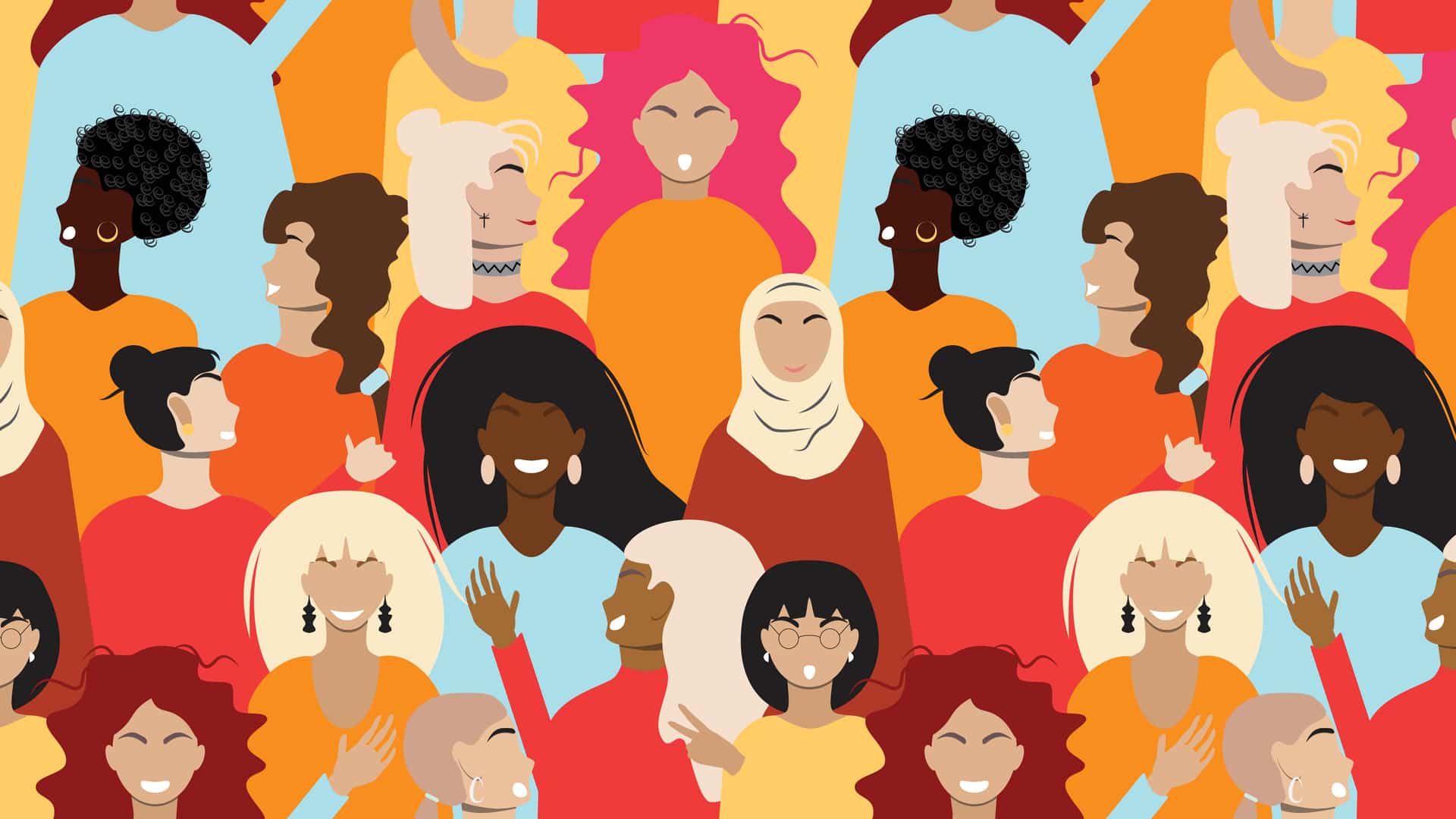Diversity at all levels of a company is an indicator of success. A culture of diversity and inclusion is the cause of it. The benefits of diversity and inclusion can be seen in stock and revenue performance, hiring and retention, and customer acquisition and loyalty. A diverse marketing organization aids access to diverse markets.
This has been documented in many, many, many studies. Nonetheless, there continue to be a large number of organizations and people who don’t understand this.
To be clear on what we mean: Diversity is the presence in an organization of a variety of people reflective of the society in which it exists and operates. Inclusivity is a work environment where everyone is treated fairly and respectfully and has equal access to opportunities and resources.
Business performance
- The top 100 Fortune 500 companies have more diverse boards than the other 400 companies on the list. (Forbes)
- Ethnically diverse companies are 35% more likely to yield higher revenue, while gender diverse companies are 15% more likely to yield higher revenue. (McKinsey)
- In the US, companies that increase racial and ethnic diversity on senior boards enjoy a 0.8% increase in earnings before interest and tax while their counterparts in the UK see a 3.5% increase. (McKinsey)
- High growth brands (annual revenue increase of at least 10%) are 1.9x more likely to have diversity-and-inclusion related talent objectives than negative growth brands (Deloitte)
- Companies with the highest number of women on top management teams have a 35% higher return on equity and 34% higher total return to shareholders than companies with the lowest number. (Catalyst)
- Diverse companies are 70% more likely to capture a new market audience. (Harvard Business Review)
- 69% of brands with the most diversity and inclusion in their in ads saw an average stock gain of 44% in a seven-quarter period ending in 2019. (Heat Test Report)
Case study: Nintendo’s Animal Crossing: New Horizons game, like the Animal Crossing: New Leaf game that preceded it, was designed by a gender-balanced, inclusive team, which is a rarity in an industry where 61% of game developers identify as male. (A big improvement. In 2014 it was 76%.) The game attracted more players, specifically females — Nintendo reported a rare even split of male and female players. It also drove the second-highest launch sales in history for Nintendo Switch. (Forrester)
Get the daily newsletter digital marketers rely on.
Hiring and retention
- 57% of employees and 67% of job seekers consider diversity an important element of their workplace, which affects recruitment and retention. (Glassdoor)
- When employees perceive their organization as committed to diversity and inclusion, and they actually feel included, employees are 80% more likely to rank their employer as high performing. (Deloitte)
Audience acquisition and loyalty
- 60% of consumers find the topic of diversity and inclusion to be important – Highest among parents with kids 2-12 (78%), African-Americans (80%), and younger generations (76% of Gen Z and 72% of millennials compared to just 46% of boomers). (Quantilope)
- Gen Z in particular expects brands to have diverse senior leadership (53%), donate to organizations promoting diversity & inclusion (47%), and provide a space for educational resources (47%). (Quantilope)
- 70% of younger millennials are more likely to choose one brand over another if that brand demonstrates inclusion and diversity in terms of its promotions and offers, 66% in terms of their in-store experience, and 68% in their product range. (Accenture Holiday Shopping survey)
- 69% of older millennials are more likely to choose one brand over another if that brand demonstrates inclusion and diversity in terms of its promotions and offers, 72% in terms of their in-store experience, and 70% in their product range. (Accenture Holiday Shopping survey)
- More inclusive ads increase purchase intent of Gen Z consumers by 23% (Microsoft Advertising)
- In more than 90% of the simulations run by Facebook, diverse representation was the best strategy for ad recall lift. (Facebook Advertising)
- 59% of people say they are more loyal to brands that stand for diversity and inclusion in online advertising. (Facebook Advertising)
- 61% of Americans find diversity in advertising important. (Adobe)
- 70% of Gen Z consumers are more trusting of brands that represent diversity in ads. (Microsoft Advertising)
- 38% of consumers, in general, are more likely to trust brands that do well with showing diversity in their ads. This percentage is even higher among specific consumer groups including Hispanic (85%), Black (79%), Asian/Pacific Islander (79%), LGBTQ (85%), millennial (77%), and teen (76%) consumers. (Adobe)
- 64% consumers are more likely to consider, or even purchase, a product after seeing an ad that they considered to be diverse or inclusive. This percentage is higher among specific consumer groups including Hispanic (85%), Black (79%), Asian/Pacific Islander (79%), LGBTQ (85%), millennial (77%), and teen (76%) consumers. (Google)
- 70% of young Millennials and 69% of older Millennials said they would choose a brand over a competitor if it demonstrates inclusivity. (Accenture)
- 75% of Gen Z consumers said they would stop buying from a brand in response to advertisements that discriminated on the basis of sexuality or race. (McKinsey)
Why we care. “If you seek to enter diverse markets, your organization must become the market you seek. The more distance there is culturally between your team and the market, the less ability you will have to execute.” – Del Johnson, a principal at Backstage Capital, a venture capital firm.
Read next: How inclusion can lead to diversity in marketing and communications



















You must be logged in to post a comment Login